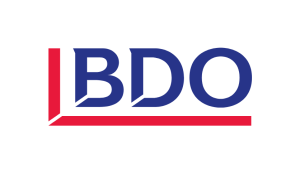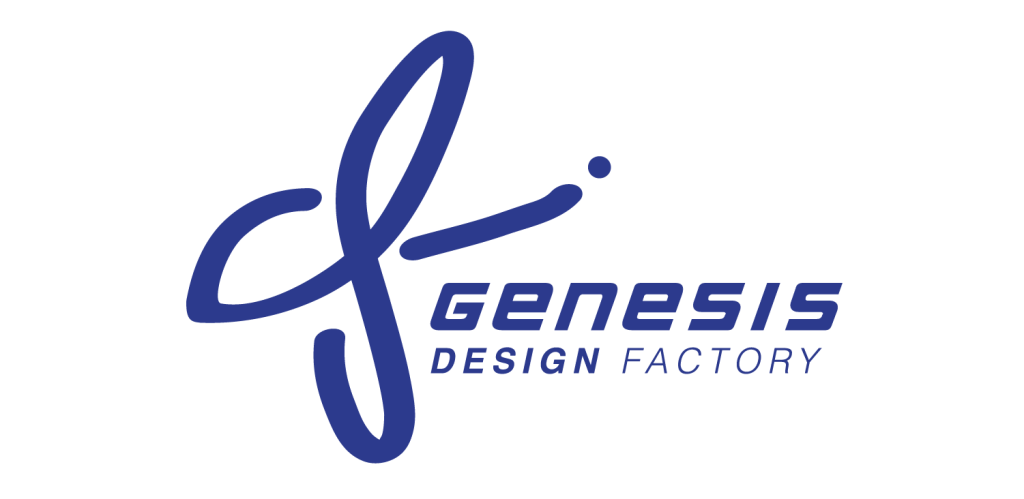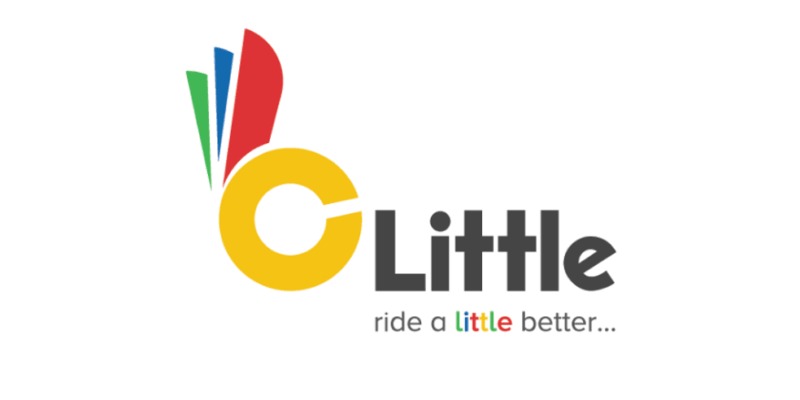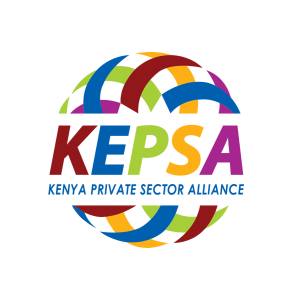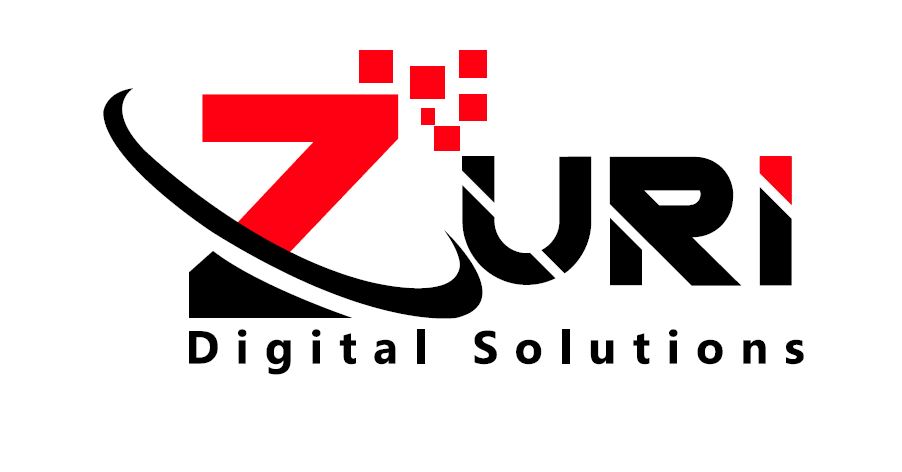An Employee’s Guide to Self-Directed Learning
Workplace learning is important for employees and employers. Employees have the chance to develop new skills while improving on existing ones. Upskilling benefits the company’s bottom line too.
However, employee development can be challenging, especially when it becomes their job. It is why some employers are encouraging self-directed learning in the workplace. Self-directed learning shifts responsibility while giving employees control.
The information below examines self-directed learning and how it can help human resource departments.
What Is Guided Self-Directed Learning?
Self-directed learning (SDL) is when the learners take the initiative to educate themselves. The responsibility of learning shifts from the teacher to the student.
Learners develop their own learning goals by accessing learning needs. The student then applies various learning strategies using human and material learning resources.
The learner also evaluates outcomes. In addition, the student assesses their learning experience and changes accordingly to achieve goals more efficiently.
The strategy was especially dominant during the pandemic when social distancing rules were dominant.
The 4 Stages Of Self-Directed Learning
Learning independently can be challenging even for motivated students. By learning the four stages of self-directed learning, learners can achieve better success. The Four stages of SDL are:
The Dependent Learner
The stage involves dependency on an instructor. The student relies heavily on the teacher, assimilating specific details and completing pointed-out tasks. There is no hint of self-learning at this stage.
The Interested Leaner
In this stage, the student realizes there may be more to learn and does not need to be pointed out to tasks. The student can seek out resources and learning opportunities. Instead of checking the list of predetermined tasks, the learner sets goals, thus building new skills and confidence.
The Involved Learner
The involved learner stage is further on the learning journey, where students recognize their ability to learn independently. The learner can participate in social learning and develop learning goals and strategies. The teacher is not an educator but more of a guide.
Evaluate Learning
In the last stage, the student sets goals, develops strategies, and assesses progress. The learner is determined to achieve their goals and will employ different learning styles for better results. The student can comfortably learn at their own pace. The teacher is now a consultant rather than an instructor.
What Is Self-Directed Learning In The Workplace?
In the workplace, the learner is the employee, and the teacher is the employer or learning and development department which is usually under or a part of human resources. Therefore, the employee takes the initiative to learn and develop their skills based on what the departments offer.
Instead of doing what the department asks, the employees choose what to learn and how to learn based on their professional development needs and goals. In addition, they can choose the time and venue, develop learning activities, and even strategize based on outcomes.
Achieve Self-Directed Learning In The Workplace
Encouraging self-directed learning in the workplace is about more than just getting the right training programs. It is developing and encouraging a learning culture.
Getting employees on board without turning it into a mandatory part of their jobs can be challenging. But if done successfully, workplace learning produces benefits for the company. Here are tips managers can use to achieve self-directed learning in the workplace:
Prepare Employees
The point of self-directed learning is to encourage employees to participate in professional development on their own. But before letting them figure it out, employers need to spread awareness of the availability of the programs. Managers should discuss the benefits of self-directed learning and help employees get excited about learning outcomes.
Provide Tools And Learning Content That Facilitate SDL
If training courses are strictly self-directed, employers should provide tools and learning content that make it easier for employees to learn independently.
For example, managers can provide social learning platforms where employees can discuss questions and theories.
In addition, employers can invest in learning management systems that keep resources readily available.
Offer Diversity
Diversity is essential when promoting SDL in the workplace. Managers must recognize that employees have different learning processes and paces.
Therefore, they must cater to the various learning preferences. Managers can provide e-learning, webinars, training videos, physical books, social media content, podcasts, articles and journals, case studies, and reports and surveys. Offering diversity also keeps employees interested in learning.
Create A Learning Group
Gathering employees dedicated to improving their skill sets is good for encouraging SDL. Managers can create groups on messaging platforms where employees can share insight on courses, ask questions, and develop ideas. Peer-based learning beats fatigue and helps self-directed learners stay motivated.
Offer Schedule Flexibility For SDL
Employees have much to do at work, making it challenging to take on learning projects. In addition, they may not be willing to give up personal time for learning. Therefore, employers should fit SDL into working schedules to encourage learning. Managers can allocate time weekly for professional development or give employees a more flexible schedule.
Recognize Efforts
Managers need to show employees that they care about their dedication to corporate training and other forms of learning. Managers should recognize employees who complete training programs through rewards. It keeps employees energized and determined to keep learning. In addition, it can encourage others to start learning.
Self-Directed Learning in the Workplace VS Self-Directed Learning Outside of the Workplace
Self-directed learning outside the workplace is similar to self-directed learning in the workplace. Companies encourage SDL outside of the workplace for remote and hybrid workers. They can use the same strategies with additions such as:
- Leveraging social learning. Managers must ensure remote workers taking learning courses have a place to meet. The virtual meeting helps to share ideas, outline challenges, and give tips for staying dedicated.
- Consistent feedback and evaluation. Continuous feedback and evaluation keep remote self-directed learners engaged and on the learning path. Managers can provide different strategies and support for online learning.
- Informal learning. Learning centers, micro-learning content, virtual book clubs, mentoring and coaching, and other informal learning strategies can motivate virtual learners. It can also support continuous learning in the company and encourage lifelong learning.
Workpay helps companies manage employees as they improve competencies and develop skills. Reach out to understand how our services can help you manage employees as they teach themselves in the work environment.




